A silvicultural system is the process of tending, harvesting and regenerating a forest. Different objectives in forest management (e.g. conservation in an ancient semi-natural woodland vs. production of timber from a conifer plantation) are likely to lead to the adoption of different silvicultural systems.
Classifying silvicultural systems
There are many different types of silvicultural systems and a broad classification can be made based on the pattern of regeneration and how the tree canopy is removed. Generally forests managed using clear felling and shelterwood systems tend to be even-aged (only possess one or two canopy strata) and those managed using selection systems are uneven-aged (have three or more canopy strata).
Classification diagram of silvicultural systems (8K)
Photographs of examples of the different systems
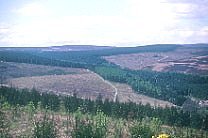
Patch clear felling of Hamsterley Forest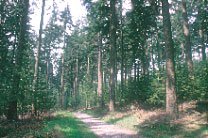
Douglas fir managed using a group shelterwood system at the Longleat Estate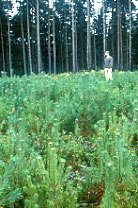
Scots pine managed using a
uniform shelterwood system at the Crown Estate, Swinley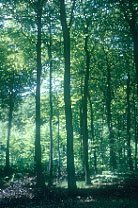
Beech managed using a
group shelterwood system in the Chilterns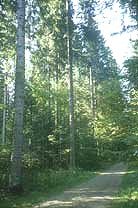
A single tree selection system with European silver fir, Norway spruce, beech and ash at La Joux Pélichet in the Swiss Jura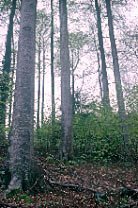
Beech managed using a group selection system at Ebworth Estate, Gloucestershire
